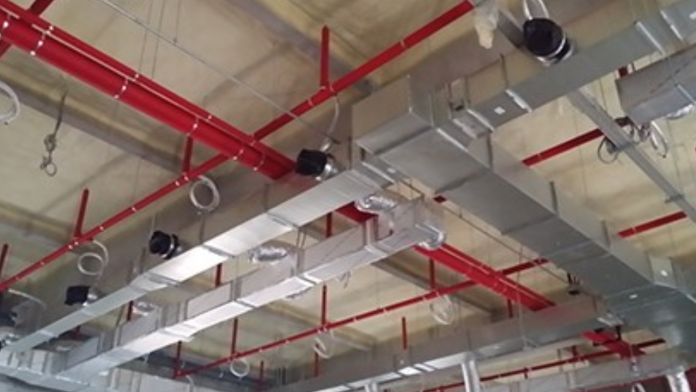As today continues looking for economic development rehearses, the selection of materials assumes an essential part. A more critical gander at A500 Grade B and Grade C steel uncovers nuanced contrasts by the way they add to manageable structure tries. While the two Grades offer primary honesty, their particular properties impact their natural effect and materialness in development projects.
Understanding these distinctions is vital for designers and specialists looking to upgrade asset use, limit waste, and improve the general manageability of their designs. Digging a500 grade b vs c and exploring the special commitments of each Grade reveals insight into the perplexing exchange between material determination and economic development rehearses.
Role of A500 Grade B for Sustainable Construction
A500 Grade B steel plays a crucial role in sustainable construction practices due to its versatile properties and compatibility with eco-friendly design principles:
Adaptability and Formability
A500 Grade B steel shows striking adaptability and formability, making it an ideal decision for economic development projects. Its capacity to adjust to different underlying arrangements permits planners and specialists to investigate creative plan arrangements while advancing asset improvement.
Weldability and Efficiency
One of the champion highlights of A500 Grade B steel is its remarkable weldability. This trademark smoothes out development processes by empowering the productive joining of parts without the requirement for extra clasps or connectors. The simplicity of welding upgrades development effectiveness as well as adds to cost investment funds and decreased material utilization.
Lightweight Development Solutions
Grade B steel’s moderate strength is instrumental in the formation of lightweight designs that don’t think twice about underlying respectability. By utilizing Grade B steel, planners and architects can plan structures and foundations with diminished weight, bringing about lower transportation costs and diminished natural effects during development.
Recyclability and Round Economy
One more huge part of A500 Grade B steel is its recyclability, which lines up with the standards of the roundabout economy. Toward the finish of its administration life, Grade B steel can be reused and reused without undermining its properties or execution. This shut-circle way of dealing with material use limits the consumption of normal assets and lessens squandering shipped off landfills.
Seismic Resilience
Grade B steel’s similarity with high-strength support strategies upgrades its presentation in seismic-safe designs. In districts inclined to seismic tremors and other cataclysmic events, Grade B steel gives an additional layer of strength, guaranteeing the life span and security of structures and frameworks.
Role of A500 Grade B for Sustainable Construction Practices
The given factors show the role of A500 grade B for sustainable construction practices:
Strength and Solidness
A500 Grade C steel stands apart for its predominant strength and sturdiness, making it an essential part of reasonable development projects. With its high pliable and yield qualities, Grade C steel gives the underlying uprightness important to the development of strong structures and frameworks.
Asset Enhancement and Material Effectiveness
In spite of its higher strength, A500 Grade C steel offers potential open doors for asset enhancement and material effectiveness. Its capacity to help lighter and more smoothed-out underlying models empowers planners and specialists to decrease material utilization without settling on security or execution.
Practical Plan Arrangements
The properties of A500 Grade C steel make it appropriate for reasonable plan arrangements that focus on ecological stewardship and asset preservation. Its similarity with imaginative development procedures, like construction and secluded development, works with the proficient utilization of materials and limits development squandering.
Ecological Effect Reduction
By picking A500 Grade C steel in development projects, partners can relieve the natural effect related to conventional structure materials. The utilization of Grade C steel advances energy effectiveness during both the development and functional periods of a design’s lifecycle.
Strength in Outrageous Circumstances
In areas inclined to serious climate occasions or catastrophic events, A500 Grade C steel offers unrivalled flexibility, giving structures and frameworks the strength and solidness expected to endure outrageous circumstances. By integrating Grade C steel into versatile plan arrangements, designers can improve the security and life span of designs.
Final Wording
A500 Grade B and Grade C steel offer particular commitments to practical development. While Grade B succeeds in adaptability and formability, Grade C stands apart for its prevalent strength and sturdiness. Together, they empower asset improvement, material proficiency, and strong plan arrangements, propelling supportability in development rehearses.










